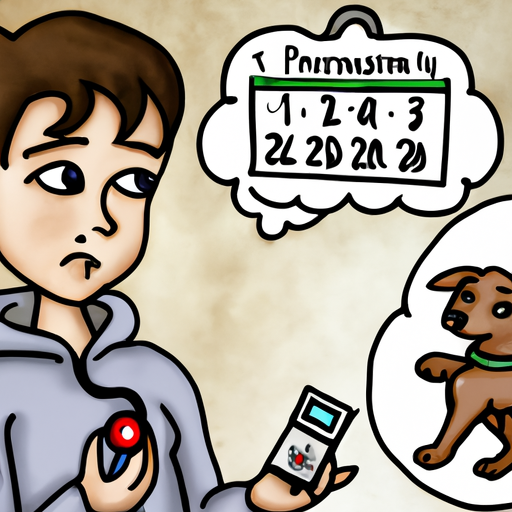As a caregiver, it’s crucial to understand the implications of a condition like Parvovirus, more familiarly referred to as Parvo. This viral disease is highly contagious and can have severe effects on puppies.
What is Parvovirus?
Parvovirus is a highly infectious disease that affects dogs, particularly puppies between six weeks and six months old. The virus targets rapidly dividing cells in a dog’s body, notably those in the intestinal tract and the bone marrow, leading to severe gastrointestinal distress.
How Long is a Puppy with Parvo Contagious?
The period of contagiousness for a puppy with Parvo can vary. However, it’s generally accepted that a puppy can start shedding the virus around four-to-five days before they start showing symptoms. They continue to be contagious for up to ten days after showing symptoms.
This means, in total, a puppy could potentially be contagious for up to two weeks or even longer in some cases. It’s crucial to isolate the puppy during this period to prevent the spread of the virus.
How is Parvo Transmitted?
Parvo is transmitted primarily through direct contact with an infected dog, or through indirect contact with a contaminated object.
Direct Transmission
Direct transmission happens when a healthy dog comes into contact with an infected dog. This could be through sniffing, licking, or any other form of direct contact.
Indirect Transmission
Indirect transmission occurs when a dog comes into contact with a contaminated object. This could be anything from a toy, food bowl, or even the hands or clothes of a person who has interacted with an infected dog.
It’s also worth noting that the Parvo virus is extremely durable and can live in the environment for up to a year, making it crucial to thoroughly clean and disinfect any areas an infected dog has been.
What are the Symptoms of Parvo?
There are several symptoms of Parvo to be aware of. If your puppy starts showing any of these symptoms, it’s crucial to get them to a vet immediately.
- Severe, bloody diarrhea
- Vomiting
- Loss of appetite
- Lethargy
- Fever
- Weight loss
- Weakness
- Dehydration
How to Prevent and Treat Parvo?
Prevention is the best defense against Parvo. Here are some ways to prevent your puppy from contracting this deadly virus:
- Vaccination: Puppies should receive their first Parvo vaccine between 6 to 8 weeks of age, followed by three more shots over the next three months, and a booster shot annually.
- Avoidance: Keep puppies away from potentially contaminated areas until they have received all their vaccinations.
- Hygiene: Regularly disinfect your dog’s environment, especially when there’s been an infected dog.
Treatment for Parvo primarily involves supportive care, such as hydration therapy and antibiotics to combat secondary bacterial infections. With timely and aggressive treatment, survival rates can be as high as 90%.
| Prevention | Treatment |
|---|---|
| Vaccination | Rehydration Therapy |
| Avoidance | Antibiotics |
| Hygiene | Nutrition Support |
Frequently Asked Questions
Q: Can a fully vaccinated dog get Parvo?
A: While rare, it is possible for a fully vaccinated dog to get Parvo, particularly if their immune system is compromised.
Q: How can I clean my home if my puppy had Parvo?
A: Cleaning your home after a Parvo infection involves thorough disinfection. Bleach is an effective disinfectant against Parvo.
Q: Can humans get Parvo from dogs?
A: No, humans cannot get Parvo from dogs. The Parvo that affects dogs is different from the Parvo that affects humans.
Q: Can my puppy get Parvo from the vaccine?
A: No, your puppy cannot get Parvo from the vaccine. The vaccine contains a weakened strain of the virus that helps build immunity but cannot cause the disease.
Understanding and controlling the spread of Parvovirus is a serious responsibility for any caregiver. Armed with this knowledge, you can ensure a safe and healthy environment for your puppy.



